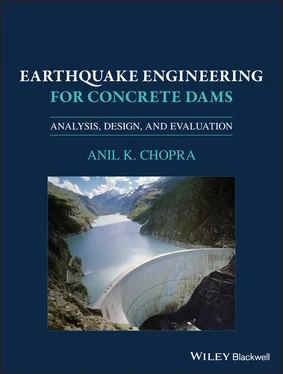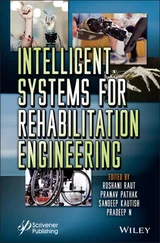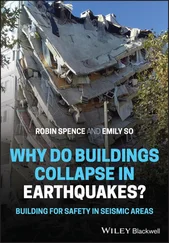1 ...6 7 8 10 11 12 ...23 It is apparent from the preceding section that traditional seismic coefficient methods must be abandoned in favor of dynamic analysis procedures in order to reliably predict the earthquake‐induced demands on dams. Because of the versatility of the FEM in modeling arbitrary geometries and variations of material properties, this method is suited for formulating a computational model of a concrete dam. In fact, analysis of the dam alone (no impounded water) supported on rigid foundation to ground motion specified at the base would be a standard application of the FEM. However, analysis of concrete dams is greatly complicated by the fact that the structure interacts with the water impounded in the reservoir and with the deformable foundation that supports it, and because the fluid and foundation domains extend to large distances ( Figures 1.2.1and 1.2.2).
The interaction mechanisms may be modeled in a crude way by combining finite‐element models for a limited extent of the impounded water and of the foundation with a finite‐element model of the dam, thus reducing the “semi‐unbounded” system to a finite‐sized model with rigid boundaries, which, generally, do not exist at the site ( Figure 1.6.1). Such a model does not allow for radiation of hydrodynamic pressure waves in the upstream direction or stress waves in the foundation because these waves are reflected back from the rigid boundaries, thus trapping the energy in the bounded system. Thus, a significant energy loss mechanism, referred to as radiation damping, is not represented in the bounded models of the fluid and foundation domains. Developing procedures for analysis of dam–water–foundation systems that recognize the semi‐unbounded geometry of the fluid and foundation domains was a major research objective during the 1970–1995 era. Research results on this challenging problem are featured prominently in this book.
While such research was in progress, an expedient solution was proposed by Clough (1980) that included in the finite‐element model a limited extent of the foundation, assumed to have no mass, and modeled hydrodynamic effects by an added mass of water moving with the dam; the design ground motion defined typically at the ground surface was applied at the bottom fixed boundary of the foundation domain; see Figure 1.6.2. This modeling approach became popular in actual projects because it was easy to implement in commercial finite‐element software. However, such a model solves a problem that is very different from the real problem on two counts: (i) the assumptions of massless rock and incompressible water – implied by the added mass water model – are unrealistic, as will be demonstrated in Chapters 6and 9; and (ii) applying ground motion specified at the ground surface to the bottom boundary of the finite‐element model contradicts the recorded evidence that motions at depth generally differ significantly from surface motions.
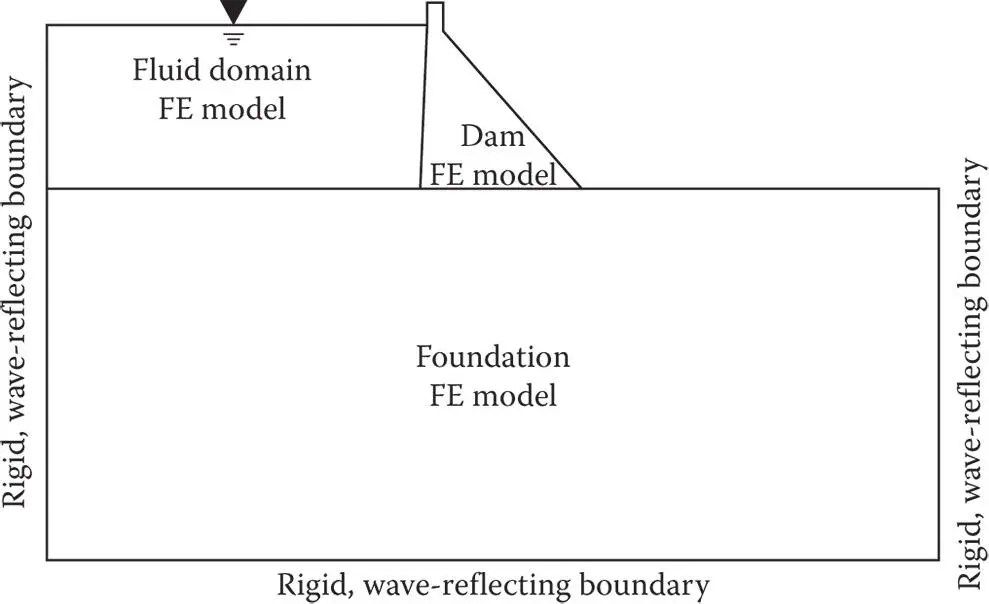
Figure 1.6.1Standard finite‐element analysis model with rigid, wave‐reflecting boundaries.
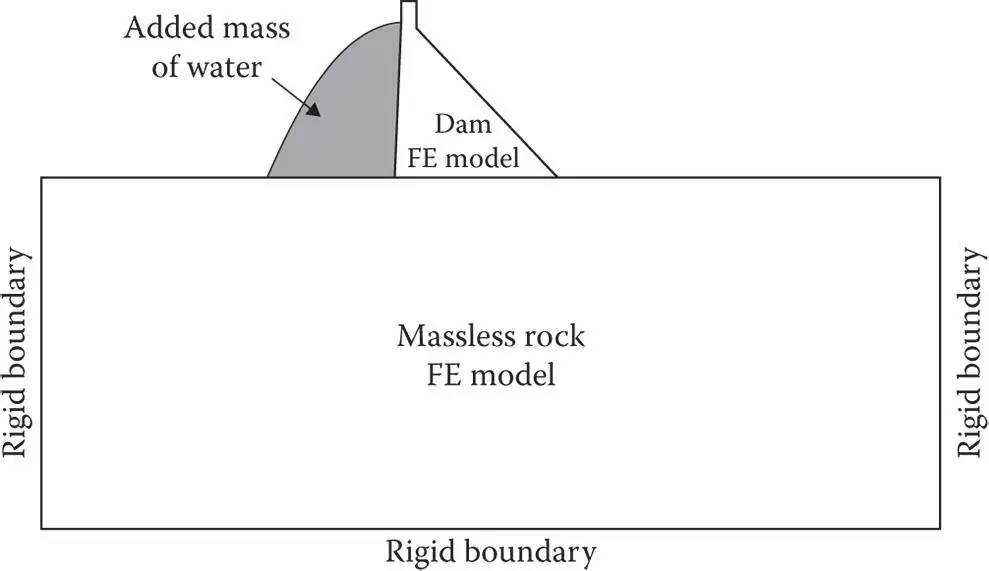
Figure 1.6.2A popular finite‐element model that assumes foundation to have no mass and models hydrodynamic effects by an added mass of water moving with the dam.
Earthquake analysis of dams should include the following factors: (i) the semi‐unbounded extent of the impounded water and foundation domains; (ii) dam–foundation interaction considering mass, flexibility, and damping of rock; and (iii) dam–water interaction considering compressibility of water and the sediments that invariably deposit at the reservoir bottom. Two approaches exist for such rigorous analyses: the substructure method and a direct finite‐element method .
Presented in Chapters 5and 8, the substructure method determines the response of idealized systems shown in Figures 1.7.1and 1.7.2to free‐field ground motion specified at the interface between the dam and foundation; this is the motion that would have existed in the absence of the dam and impounded water. The substructure method permits different types of models for the three substructures – dam, fluid domain, and foundation domain: finite‐element model for the dam; and “continuum” models for the fluid and foundation domains of semi‐unbounded geometry. The substructure concept permits modeling of the semi‐unbounded fluid and foundation domains without truncating them to finite size and specifying the earthquake excitation directly at the dam–foundation interface.
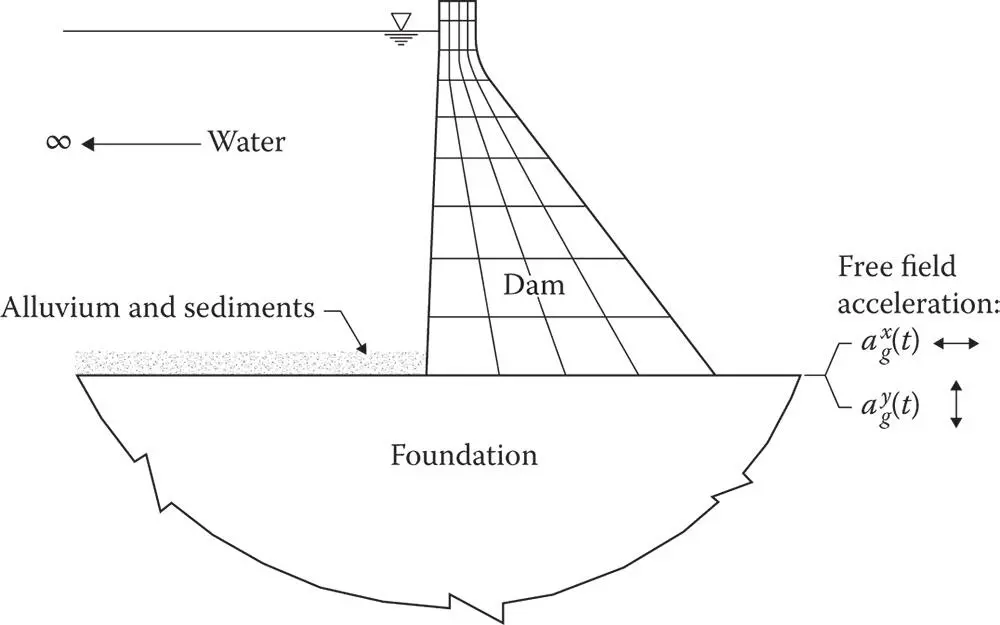
Figure 1.7.1Gravity dam–water–foundation system.
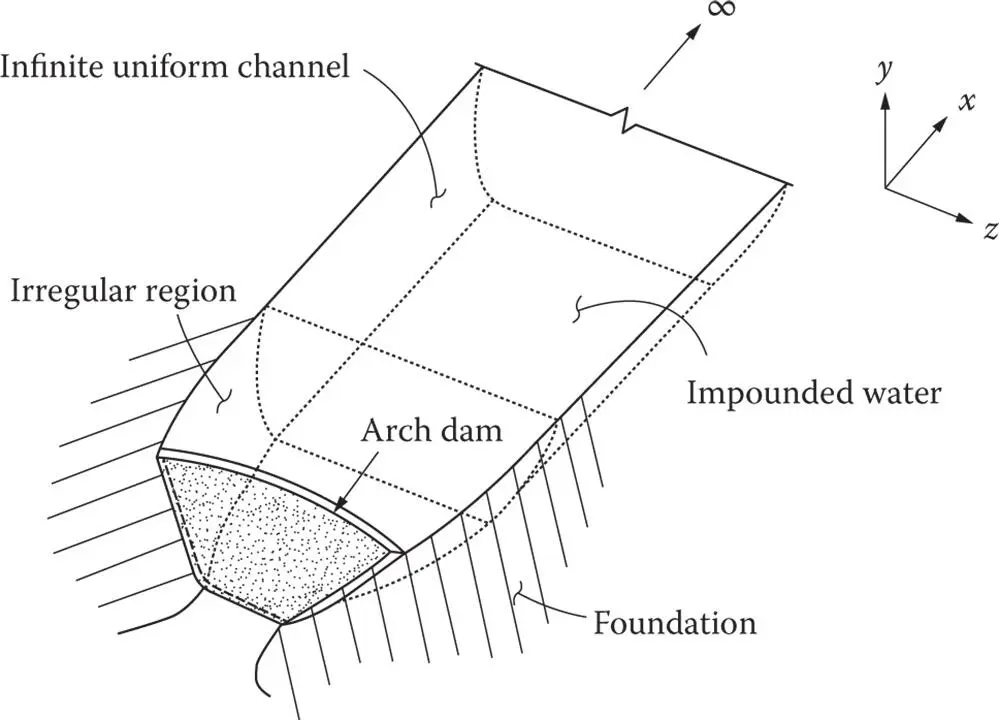
Figure 1.7.2Arch dam–water–foundation system.
Formulated in the frequency domain, this method is restricted to linear analysis, and requires special purpose computer programs, e.g. EAGD‐84 for two‐dimensional analysis of gravity dams and EACD‐3D‐1996 for three‐dimensional analysis of arch dams. These freely available programs were developed by graduate students at the University of California, Berkeley, as a part of their research for the doctoral degree, not as commercial software programs. Thus, they lack user‐friendly interfaces to facilitate input of data to define the system to be analyzed and to process response results. Despite these limitations, the aforementioned programs have been employed for seismic design of a few new dams and for seismic evaluation of several existing dams.
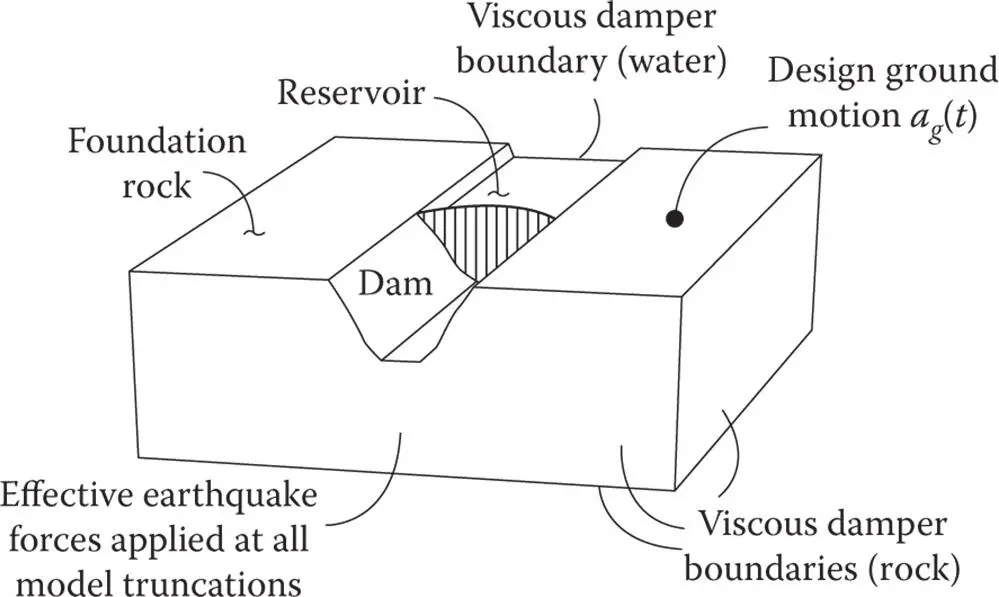
Figure 1.7.3Finite‐element model of a dam–water–foundation system with wave‐absorbing boundaries.
Although linear analyses have provided great insight into the earthquake response of concrete dams, it is evident that a reliable estimate of the seismic safety of a dam can be obtained only by a nonlinear analysis if the earthquake damage is expected to be significant. The nonlinear model must recognize the possibility that the reservoir may extend to great distances upstream of the dam and the supporting rock extend to large depths and large distances in horizontal directions ( Figures 1.2.1and 1.2.2). The Direct FEM, presented in Chapter 11, overcomes the limitations of the standard FEM by introducing wave‐absorbing (or non‐reflecting) boundaries at two locations: (i) upstream end of the fluid domain to model its essentially semi‐infinite length; and (ii) the bottom and side boundaries of the foundation domain to model its semi‐unbounded geometry ( Figure 1.7.3). The finite‐element model of the fluid domain now includes water compressibility and reservoir bottom sediments, and the finite‐element model of the foundation domain includes mass, stiffness, and material damping appropriate for the rock; water–foundation interaction is also included. Thus, the untenable assumptions of massless rock and incompressible water in the popular FEM are eliminated.
The earthquake excitation also is more realistically defined in the Direct FEM compared to the popular FEM. The excitation defined at the bottom and side boundaries of the foundation domain is determined by deconvolution of the design ground motion, typically specified on level ground at the elevation of the abutments ( Figure 1.7.3). The resulting spatially varying motions cannot be input directly at wave‐absorbing boundaries; instead, tractions determined from the motions are specified.
Читать дальше
